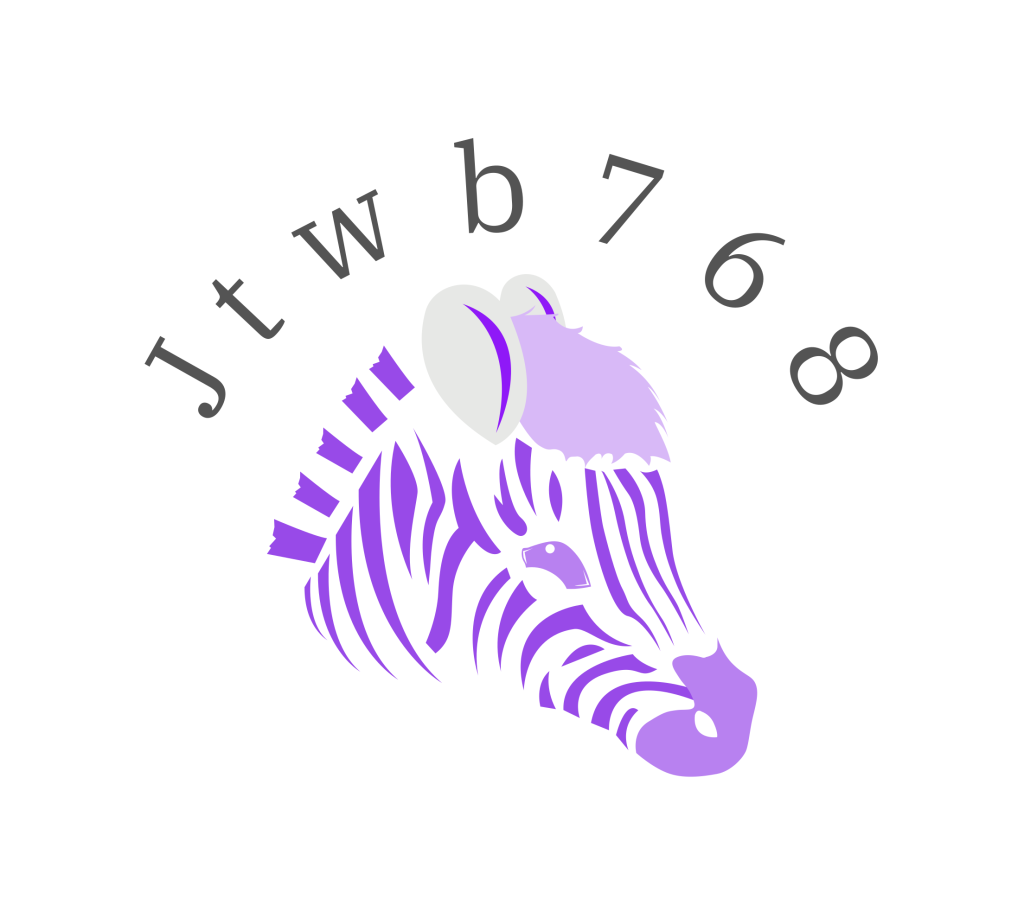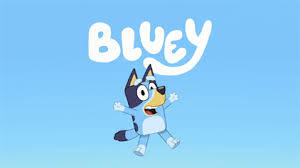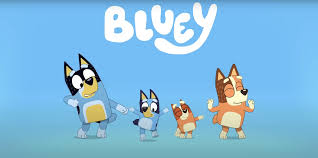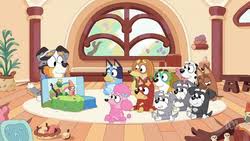The world of children’s entertainment is undergoing a quiet revolution. Shows that once presented a homogenous view of families are now embracing diversity, reflecting the reality of the world our kids are growing up in. The recent season finale of the beloved Australian cartoon “Bluey” exemplifies this shift, sparking both celebration and controversy with a single line of dialogue.
A Blink-and-You’ll-Miss-It Moment with Lasting Impact
“Bluey,” the story of a Blue Heeler puppy and her family’s adventures, has captured the hearts of children and adults alike with its humor, warmth, and relatable portrayal of family life. The season three finale, aptly titled “The Sign,” focused on Bluey’s anxieties about moving to a new house while a wedding unfolds in the background. Tucked away within this episode, however, was a groundbreaking moment for LGBTQ+ representation.
During a scene where Bluey’s friend, Pretzel the Chihuahua, discusses his lost guinea pig, he casually mentions, “My mums told me he might come back, but he didn’t.” This seemingly insignificant line became a beacon of inclusivity for many viewers. Here, for the first time in “Bluey’s” history, the existence of a same-sex couple was acknowledged in a natural, non-sensational way.
A Celebration of Diversity: Fans Roar with Approval
The subtle yet powerful inclusion of Pretzel’s two moms resonated deeply with fans. Social media buzzed with excitement, particularly from LGBTQ+ viewers who rarely see themselves reflected in children’s programming. On TikTok, a video highlighting the scene garnered enthusiastic comments, with one user declaring, “This is what I’ve been waiting for!” Another user, a “gay chihuahua mum,” wrote, “As a gay chihuahua mum that makes me happy ️.”
The impact transcended personal connections. “Bluey” had previously been criticized for lacking diversity, and this seemingly small step forward was hailed by many as a positive change. The episode, “The Sign,” received a near-perfect rating on IMDb, with viewers applauding the show’s growing inclusivity.
The Right’s Outrage: Missing the Point of Representation
Unfortunately, even this subtle recognition of a non-traditional family sparked outrage from conservative commentators. The Daily Wire’s Megan Basham took to social media, accusing LGBTQ+ activists of “destroying something that was once wholesome.” Her diatribe hinged on the misconception that acknowledging same-sex families somehow undermines the value of traditional families. This misses the point entirely.
The inclusion of LGBTQ+ characters is not about tearing down existing structures; it’s about acknowledging the beautiful tapestry of family life that exists in the real world. Children raised by same-sex couples deserve to see themselves represented in the media they consume. It normalizes LGBTQ+ families and fosters acceptance at a young age.
A Growing Trend: “Bluey” Joins the Ranks of Inclusive Shows
“Bluey” isn’t alone in its embrace of inclusivity. Several other popular children’s shows have recently taken strides towards more diverse representation. Millennials who grew up watching “Arthur” were thrilled to see Mr. Ratburn’s same-sex wedding in 2019. “Peppa Pig” surprised audiences in 2022 with a lesbian polar bear couple, while Disney’s “Baymax” featured a transgender character. Just last year, “Rubble & Crew,” a spin-off of “Paw Patrol,” introduced a non-binary character.
These instances, though sometimes fleeting, hold immense significance. In a climate where the LGBTQ+ community faces demonization by some, positive portrayals in children’s entertainment offer a powerful counter-narrative. It sends the message that LGBTQ+ families are just as valid and deserving of love and acceptance as any other.
Beyond “Bluey”: The Importance of Ongoing Representation
While “Bluey’s” inclusion of Pretzel’s moms is a positive step, it should not be seen as an endpoint. LGBTQ+ representation needs to move beyond token gestures and become a consistent feature of children’s programming. We need more shows that not only acknowledge same-sex families but also explore their stories in a nuanced and meaningful way.
This requires creators to go beyond one-off mentions and delve into the unique experiences of LGBTQ+ families. Storylines could explore themes of acceptance, navigating societal expectations, and the joy of having a loving family regardless of its structure.
The Power of Normalization: Building a More Inclusive Future
The significance of “Bluey’s” small yet impactful moment lies in its ability to normalize LGBTQ+ families. When children see same-sex couples reflected on screen, it
The significance of “Bluey’s” small yet impactful moment lies in its ability to normalize LGBTQ+ families. When children see same-sex couples reflected on screen, it fosters acceptance and understanding from a young age. It chips away at prejudice and builds a foundation for a more inclusive future.
However, the power of “Bluey” and other progressive children’s shows extends beyond the screen. As parents, we have the responsibility to ensure this positive change continues. Here’s how you can be a part of the solution:
- Show your support! Let the creators of “Bluey” – Ludo Studio – know how much you appreciate their commitment to inclusivity. Send them a message on social media or drop them a line on their website.
- Support the Show’s Champions! “Bluey” wouldn’t be on our screens without the backing of its advertisers. Take a moment to check out the brands that support the show. Consider choosing those brands over competitors, letting them know you appreciate their association with progressive content.
- Become an advocate! Talk to other parents about the importance of diverse representation in children’s programming. Encourage them to watch shows like “Bluey” with their kids and discuss the positive messages they convey.
Together, we can create a media landscape that reflects the beautiful diversity of our world. Let’s ensure that all children, regardless of their family structure, feel seen, valued, and celebrated. The future of inclusive storytelling starts with us, the parents, and the choices we make. So next time you turn on “Bluey” with your child, remember, you’re not just watching a cartoon; you’re contributing to a more accepting and understanding world.





